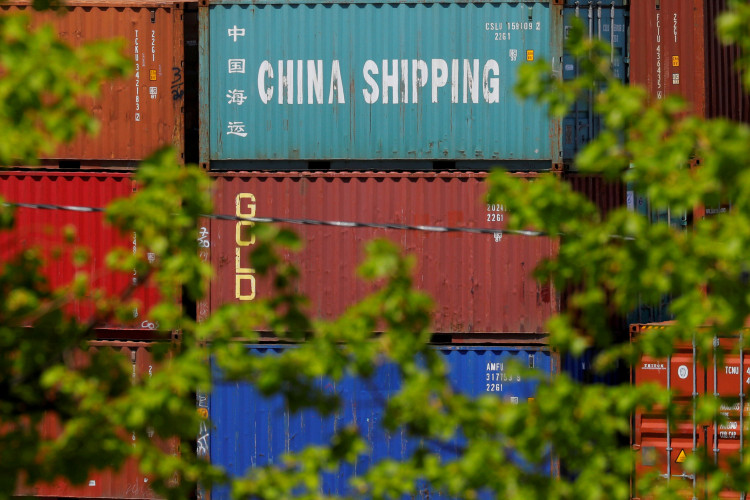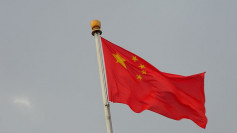Recently gathered data revealed that China's manufacturing industry has somewhat slowdown for the month of September. Many observers believe that one of the main reasons of China's manufacturing slowdown is brought upon by its bitter trade war against the United States.
The Purchasing Manager's Index (PMI), considered by many as an important gauge in terms of factory conditions, closed in at 50.8 for the month of September. This is a significant slowdown compared to the 51.3 for the month of August, according to the National Bureau of Statistics.
This is a serious blow to the country's factory sector which has seen continuous expansion in 15 months. Recently, statistics showed that export orders are falling very fast. On the other hand, an official survey also confirmed that the country's manufacturing sector is weakening.
While the data does indicate a slowdown, it is important to note that China is still above the 50-point mark. This particular point separates contraction from expansion. China's official index has stayed well above the 50-point mark for 26 straight months.
In a separate manufacturing index calculated by the independent Caixin media group revealed that China's manufacturing industry is showing signs of deceleration.
Just last week, United States President Donald Trump officially imposed an additional $200 billion tariffs against various Chinese goods. President Trump added that he will not hesitate in adding additional tariffs should China continue to play its economic cards. China, in return, also promised its own set of tariffs against American goods.
Including the latest set of tariffs, the U.S. has imposed a combined $250 billion worth of duties against Chinese products. This is roughly 50 percent of all of China's American exports.
While China's manufacturing sector is experiencing a slowdown, the same cannot be said to some of the country's non-manufacturing sector. Based on the data provided by the National Bureau of Statistics, China's non-manufacturing activity expected to 54.9 in September. That is a significant improvement compared to its 54.2 performance in August. Despite massive trade threats from the United States, many believe that China will stay resilient and well above the challenges.
It is also important to note that demand for Chinese products and services is already showing signs of slowing down well before the trade war with the United States. China has been engaged in a crackdown against companies that deal with risky lending and debts. Moreover, fixed-asset investment growth in the country has also stalled for several quarters already.






